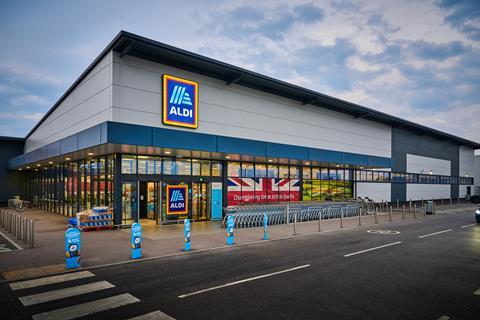
The discounters are once again benefiting from faster sales and market share growth as pressure mounts on consumer finances.
On the same day council tax, energy, and water bills rose with the start of a new financial year, Kantar data this morning revealed Lidl’s sales growing at their fastest rate since September and Aldi’s increasing faster than they have in over a year.
Aldi’s sales grew by 5.6% year on year in the 12 weeks to 23 March, pushing its market share to 11% for the first time, up from 10.7%.
Lidl’s sales grew by 9.1% in the same period, pushing its market share to 7.8%, up from 7.4% a year ago. Lidl attracted 385,000 additional shoppers last month, more than any other grocer, and saw a double-digit rise in footfall.
However, its was M&S* that grew sales fastest, with spend on groceries in its stores increasing by 13.1%, according to Kantar, as it also continued a recent run of accelerating growth. Its online partner Ocado increased sales by 11.2%, to take a 2% share of the market for the first time.
Tesco grew sales by 5.4%, taking its share to 27.9%, up from 27.3% last year.
Sainsbury’s sales were up 4.1% year on year, taking its share to 15.2%, up from 15.1%.
It was another woeful month for Asda, whose sales were down 5.6% year on year, as its market share dropped from 13.6% to 12.5%. The supermarket’s sales have been down by around 5% year on year for several months, with executive chairman Allan Leighton recently promising significant investment in prices and stores to tempt shoppers back.
Take-home sales across all the grocers increased by 1.8% over the four weeks to 23 March, the slowest rate since June last year, while grocery price inflation rose slightly to 3.5% over the same period.
Kantar head of retail and consumer insight Fraser McKevitt said the number of people reporting to be financially struggling had fallen from a peak of 27% in October 2022 but “still accounts for almost a quarter (22%) of the country”.
“The rising cost of groceries ranks third on the list of concerns keeping consumers awake at night, just behind energy bills and the country’s overall economic outlook,” McKevitt said.
|
Total Till Roll - Consumer Spend |
12 weeks to 24 Mar 2024 |
Share |
12 weeks to 23 Mar 2025 |
Share |
Change YoY |
||
|
£m |
% |
£m |
% |
% |
|||
|
Total Grocers |
33,669 |
100.0% |
34,745 |
100.0% |
3.2% |
||
|
Total Multiples |
33,175 |
98.5% |
34,252 |
98.6% |
3.2% |
||
|
Tesco |
9,184 |
27.3% |
9,683 |
27.9% |
5.4% |
||
|
Sainsbury’s |
5,078 |
15.1% |
5,285 |
15.2% |
4.1% |
||
|
Asda |
4,585 |
13.6% |
4,330 |
12.5% |
-5.6% |
||
|
Aldi |
3,606 |
10.7% |
3,808 |
11.0% |
5.6% |
||
|
2,921 |
8.7% |
2,939 |
8.5% |
0.6% |
|||
|
Lidl |
2,481 |
7.4% |
2,707 |
7.8% |
9.1% |
||
|
1,831 |
5.4% |
1,849 |
5.3% |
1.0% |
|||
|
1,489 |
4.4% |
1,529 |
4.4% |
2.7% |
|||
|
758 |
2.3% |
772 |
2.2% |
1.8% |
|||
|
Ocado |
628 |
1.9% |
698 |
2.0% |
11.2% |
||
|
Other Multiples |
615 |
1.8% |
651 |
1.9% |
5.9% |
||
|
494 |
1.5% |
493 |
1.4% |
-0.2% |
|||
Source: Kantar
*M&S does not fall under Kantar’s definition of ‘grocer’, thanks to with a higher proportion of clothing and general merchandise in its sales mix.

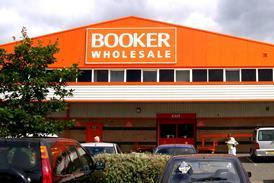





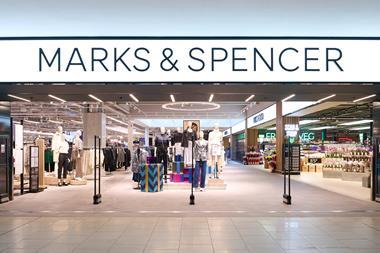
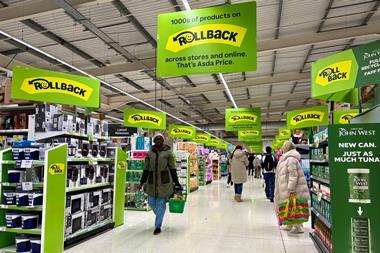

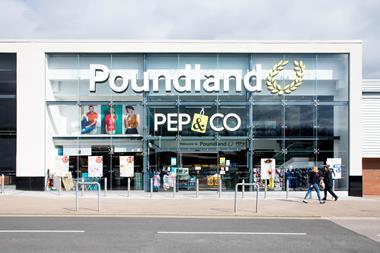
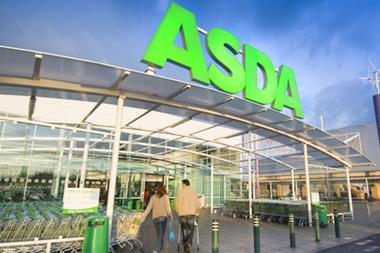
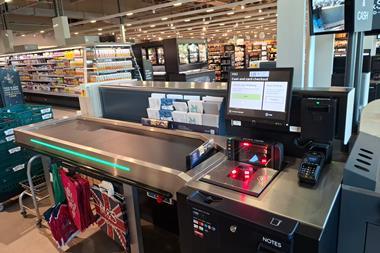





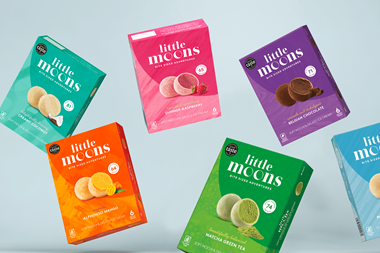
No comments yet